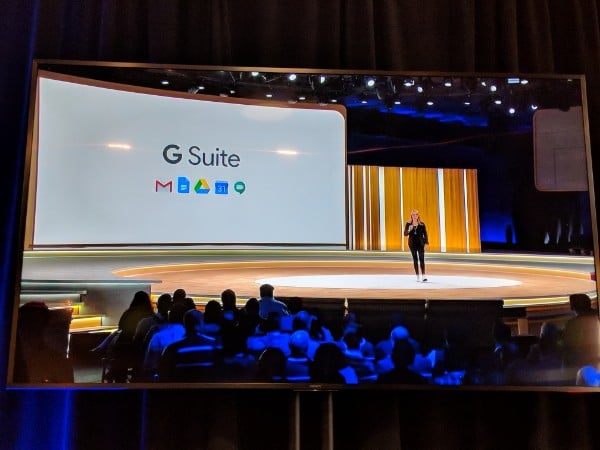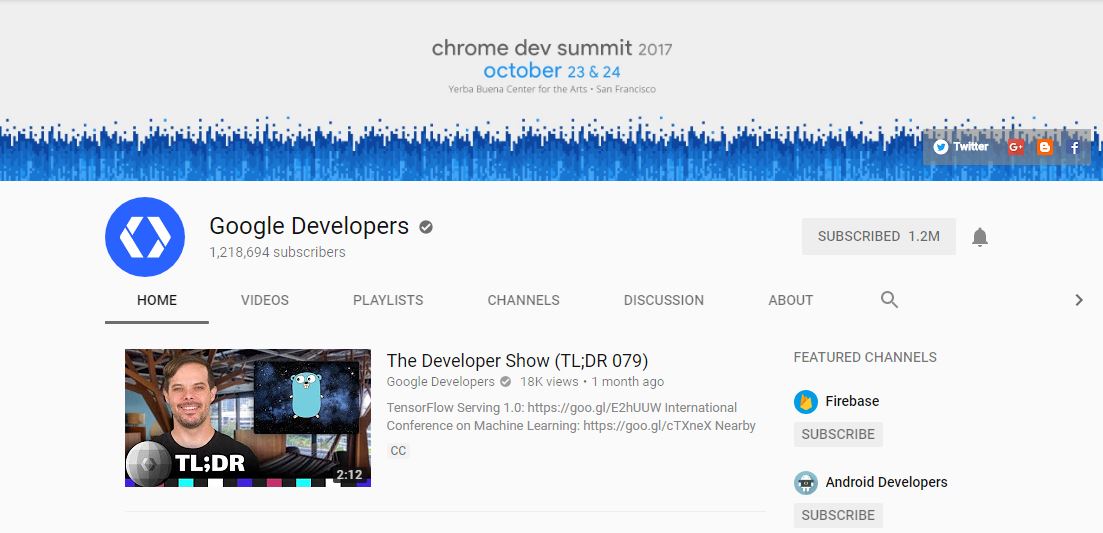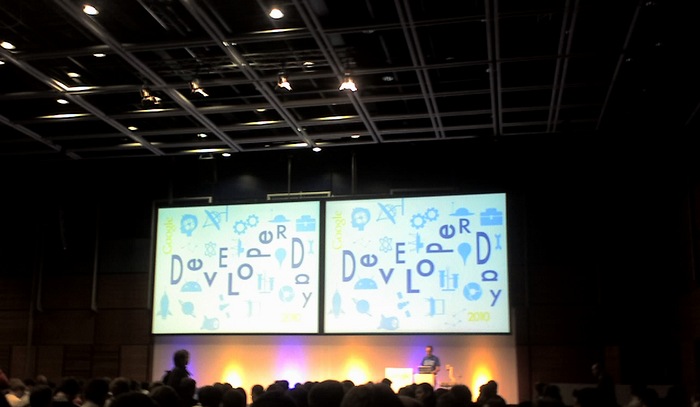
One of the more significant announcements out of I/O was PaLM 2. While the event touched on a lot, this piece will cover the main generative AI news around Bard, Search and other areas outside of the many hardware and developer-focused announcements that also came out of the event. The Alphabet company made a lot of exciting AI announcements today ones that will have a profound effect on how the general public and businesses use and think about generative AI. Speakers at the event also addressed how Google is working to curb disinformation and harmful outputs generated by AI in its products. It announced a second new LLM titled Gemini as well as deeper AI integrations within Google search, the Google Workspace suites and even how it’s offering AI to enterprises. But Google roared back onto the AI scene today by announcing big updates to Bard, which is now powered by PaLM 2: the successor to the language learning model that originally powered the tool. The company has been largely silent about its AI developments since it announced Bard, its rival to the ChatGPT-powered Bing search engine, in February.

This year, CEO Sundar Pichai and a roster of other executive leaders spent close to two hours dropping announcement after announcement about their deeping investments in generative AI technology. “Universal Translator,” was shown as “an example of something only recently made possible by advances in AI, but simultaneously presenting serious risks that have to be reckoned with from the start,” reported Tech Crunch.Today, Google held its annual developer conference Google I/O ‘23 in Mountain View, California. What is Universal Translator by Google?Ī powerful new translation tool that Google is exploring translates videos into a different language while also matching the speaker’s lipsync to words they have never spoken. According to TechCrunch, “this A3 has been purpose-built to handle the considerable demands of these resource-hungry use cases,” noting that A3 is “armed with NVIDIA’s H100 GPUs and combining that with a specialized data center to derive immense computational power with high throughput and low latency, all at what they suggest is a more reasonable price point than you would typically pay for such a package.” 9. There’s a new A3 supercomputer virtual machine in town. With a new “About this Image” function and new markup in the file itself, the new feature adds extra details and enables the labeling of photographs as “AI-generated.” Both of these are extensions of ongoing research, but they aim to increase openness regarding whether an “image is credible or AI-generated,” even if they are not a panacea for the greater issue of AI image misrepresentation. Two new capabilities in Google Search help users grasp content and the context of the images they are viewing in search results. If you’re holding a dinner party, for instance, you can just input “soulful jazz for a dinner party” and the tool will generate numerous such songs.ĪDVERTISEMENT 7. Google’s latest experimental AI technology, MusicLM, converts text into music. This specifically refers to custom backdrops for Google Meet. You may now write in the type of visualization you’re searching for, and the AI will generate it, using the new features for Slides and Meet. In order to make Google’s Workspace suite smarter, automatic table production (but not formula generation) in Sheets and picture creation in Slides and Meet have both been included.

Additionally, Google and Adobe are collaborating to provide Bard with some creative creation tools. Additionally, Bard’s capacity to present visuals in its responses is being improved.

In addition to taking Bard off the waitlist and making it available in English in more than 180 countries and territories, Google is also introducing support for Japanese and Korean with the aim of adding support for 40 languages soon. According to Tech Crunch, “PaLM 2 will power Google’s updated Bard chat tool, the company’s competitor to OpenAI’s ChatGPT, and function as the foundation model for most of the new AI features the company is announcing today.” Additionally, PaLM 2 now offers enhanced assistance for creating and debugging code.

Palm 2 is Google’s newest large language model (LLM).


 0 kommentar(er)
0 kommentar(er)
